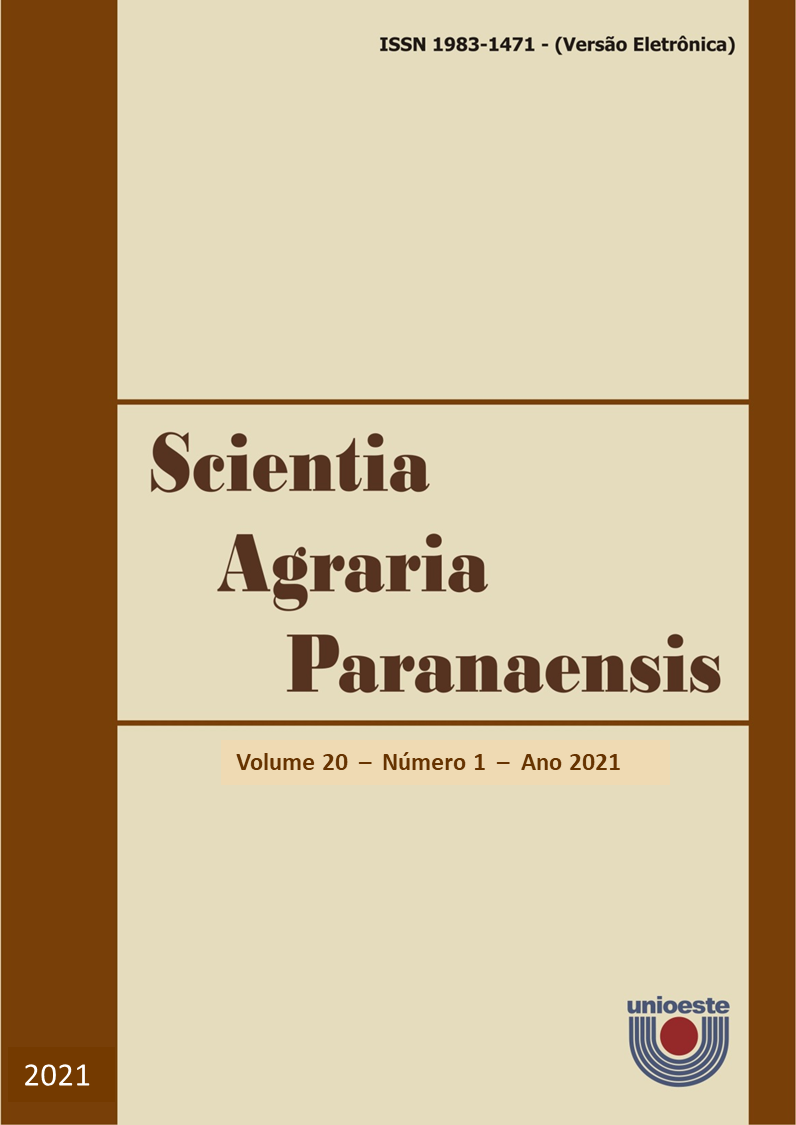Application of geostatistical and deterministic interpolators applied for analysis of the spatial distribution of soil ph in Sorocaba city (São Paulo state)
DOI:
https://doi.org/10.18188/sap.v20i1.26070Resumen
Soil is a natural resource that allows the maintenance of life on Earth, therefore, it is important to appreciate techniques to assist the conservation of their quality, since the inadequate management of its use causes their degradation. In this sense, the soil pH values of the city of Sorocaba (SP) were analyzed using a pHmeter and a GPS, with 112 points distributed homogeneously in the study area and another 50 random points to verify spatial variability through geostatistical interpolators of ordinary kriging and deterministic of inverse square distance (ISD). The predominant values of pH per soil class were also determined. The pH values predominated between the ranges of 6.0 and 6.5; totaling 74.98% of the study area for the ordinary kriging method and 75.93% for the ISD, observing a low variation among the methods, which result in a root mean square error values of 0.349951 for ordinary kriging and 0.349019 for the ISD. The concordance index for both methods was 0.9944 with mean standard deviation of 0.0374 for ISD and 0.0369 for ordinary kriging. For the different soil classes, pH values ranged from 5.9 to 6.3. Therefore, both the theoretical models applied in the interpolation of the pH data efficiently explain the pH variability of the Sorocaba soil.
Descargas
Publicado
Cómo citar
Número
Sección
Licencia
Aviso de Direito Autoral Creative Commons
Política para Periódicos de Acesso Livre
Autores que publicam nesta revista concordam com os seguintes termos:
1. Autores mantém os direitos autorais e concedem à revista o direito de primeira publicação, com o trabalho simultaneamente licenciado sob a Licença Creative Commons Attribution que permite o compartilhamento do trabalho com reconhecimento da autoria e publicação inicial nesta revista.2. Autores têm autorização para assumir contratos adicionais separadamente, para distribuição não-exclusiva da versão do trabalho publicada nesta revista (ex.: publicar em repositório institucional ou como capítulo de livro), com reconhecimento de autoria e publicação inicial nesta revista.
3. Autores têm permissão e são estimulados a publicar e distribuir seu trabalho online (ex.: em repositórios institucionais ou na sua página pessoal) a qualquer ponto antes ou durante o processo editorial, já que isso pode gerar alterações produtivas, bem como aumentar o impacto e a citação do trabalho publicado (Veja O Efeito do Acesso Livre).
Licença Creative Commons
Esta obra está licenciada com uma Licença Creative Commons Atribuição-NãoComercial-CompartilhaIgual 4.0 Internacional, o que permite compartilhar, copiar, distribuir, exibir, reproduzir, a totalidade ou partes desde que não tenha objetivo comercial e sejam citados os autores e a fonte.


